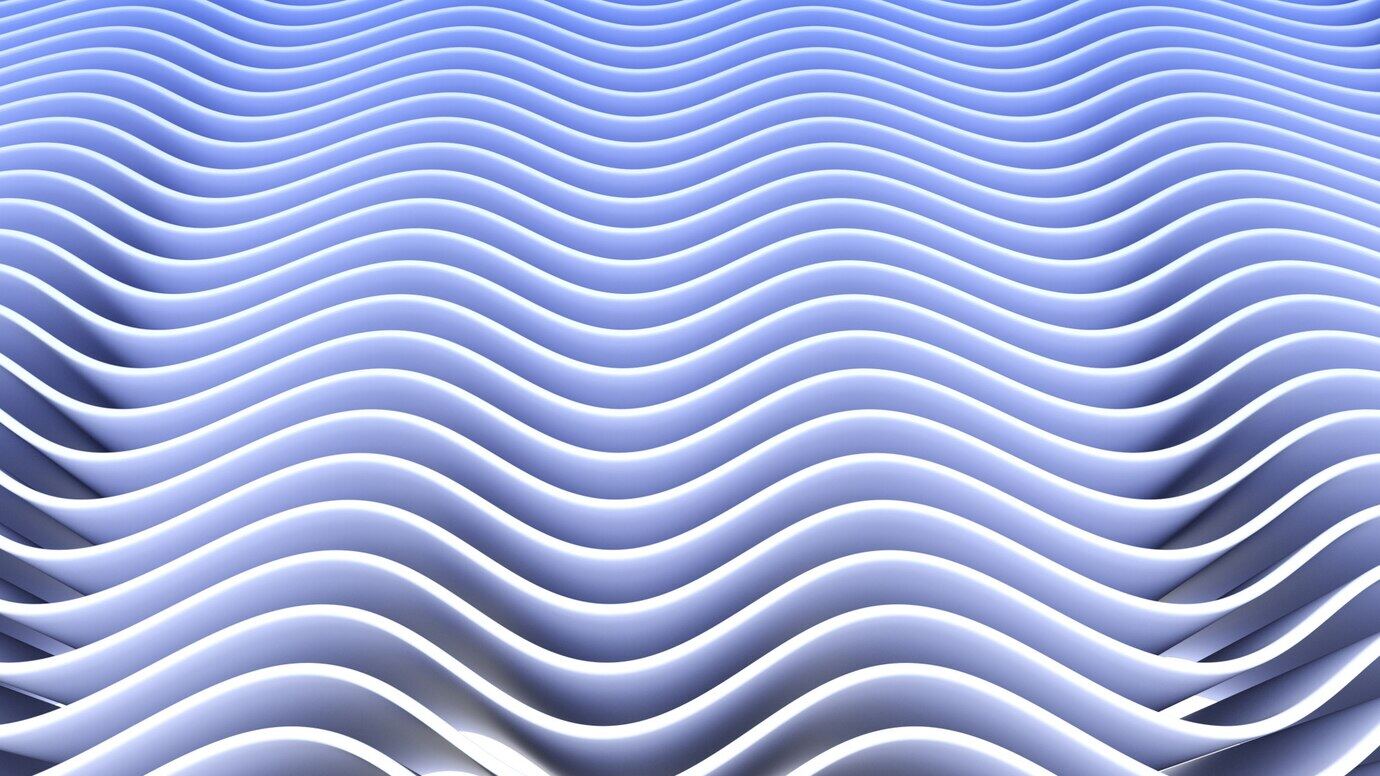Email format error
Email cannot be empty
Email already exists
6-20 characters(letters plus numbers only)
The password is inconsistent
Email format error
Email cannot be empty
Email does not exist
6-20 characters(letters plus numbers only)
The password is inconsistent


In the dynamic realm of modern design and construction, the adaptability of U-shaped aluminum extrusion stands as a beacon of innovation. Architects, engineers, and manufacturers are increasingly turning to this versatile material to meet the demands of diverse applications. This comprehensive exploration takes us through the materials used, crucial design considerations, a comparative analysis with other extrusion profiles, and the structural applications that position U-shaped aluminum extrusions at the forefront of contemporary engineering.
U-shaped aluminum extrusion derives its strength from a meticulous selection of aluminum alloys. As the industry embraces eco-friendly practices, aluminum, being infinitely recyclable, aligns perfectly with environmental goals. This amalgamation of strength, versatility, and sustainability positions U-shaped aluminum extrusions as not just a material choice but a conscious step towards a greener future.
In addition to sustainability, the lightweight nature of aluminum contributes to energy-efficient structures, reducing the overall carbon footprint. This nuanced approach to design reflects the conscientious efforts of professionals in creating structures that align with both functional and environmental goals.
When utilizing U-shaped aluminum extrusions, designers delve into considerations that extend beyond conventional norms. The essence of the design lies in the delicate balance between functionality and aesthetics. The interplay between load-bearing capacity, aesthetic appeal, and compatibility with other materials opens up a realm of possibilities.
Drawing inspiration from architectural perspectives, designers harness the intrinsic flexibility of U-shaped profiles to sculpt structures that seamlessly blend form and function. These extrusions, as load-bearing elements, serve as the backbone of designs, offering not only strength but also a distinct aesthetic edge. This dual functionality not only meets engineering standards but also opens avenues for groundbreaking architectural feats where form and structure converge harmoniously.
Considering the environmental impact, U-shaped aluminum extrusions are a testament to sustainable design practices. The lightweight nature of aluminum contributes to energy-efficient structures, reducing the overall carbon footprint. This nuanced approach to design reflects the conscientious efforts of professionals in creating structures that align with both functional and environmental goals.
In the vast landscape of extrusion profiles, conducting a meticulous comparative analysis reveals the distinctive features that set U-shaped aluminum extrusion apart from its counterparts, such as T-shaped and L-shaped extrusions. This exploration serves as a compass for designers and engineers, guiding them to make informed decisions based on the nuanced characteristics of each profile.
U-shaped aluminum extrusion emerges as a versatile contender, boasting a unique set of advantages that cater to a broad spectrum of applications. When compared to T-shaped extrusions, which excel in specific load-bearing scenarios, U-shaped profiles exhibit enhanced flexibility and a more extensive range of applications. This flexibility becomes a design asset, allowing for creative architectural expressions that seamlessly blend functionality and aesthetics.
In the comparison with L-shaped extrusions, it becomes evident that while L-shaped profiles may find application in specific use cases, they lack the all-encompassing adaptability that U-shaped profiles bring to the table. The broader scope of applications for U-shaped extrusions becomes a decisive factor in scenarios where versatility and adaptability are paramount.
This nuanced comparative exploration goes beyond a mere enumeration of advantages. It underscores the strategic importance of aligning design choices with the specific needs of a project. Architects and engineers, armed with this understanding, can make informed decisions that elevate the efficacy of their designs, emphasizing the significance of tailored solutions in the ever-evolving landscape of modern engineering.
The unveiling of distinctions is not merely a technical exercise; it's a revelation that underscores the thoughtful craftsmanship involved in material selection and design. The comparative analysis acts as a guidepost for professionals, empowering them to navigate the complexity of choices and make decisions that resonate with the unique demands of each project. In essence, it's an exploration that delves into the subtleties, providing a roadmap for those who seek to harness the full potential of U-shaped aluminum extrusions in their pursuit of engineering excellence.
The saga of U-shaped aluminum extrusion unfolds prominently in structural applications, where its adaptability shines. From framing structures to providing support for architectural marvels, U-shaped profiles play a pivotal role. This adaptability extends to industries as varied as automotive, construction, and electronics.
In the automotive domain, U-shaped extrusions find application in chassis frames, contributing to the overall structural integrity of vehicles. Simultaneously, in the construction sector, these extrusions prove invaluable for creating robust yet aesthetically pleasing frameworks. The lightweight nature of aluminum ensures that structures remain agile without compromising strength, a characteristic highly valued in modern engineering.
In the electronics industry, U-shaped aluminum extrusions are harnessed for their conductivity and corrosion resistance, providing a reliable framework for electronic components. This diversity of applications underscores the versatility of U-shaped profiles across different domains, showcasing their adaptability to the unique demands of each industry.
As we conclude this enriching journey through the world of U-shaped aluminum extrusion, it becomes evident that this material transcends the ordinary. From meticulous material selection to innovative design considerations and diverse structural applications, U-shaped profiles carve a niche in diverse industries. Embracing sustainability, adaptability, and structural finesse, U-shaped aluminum extrusions stand poised to shape the future of design and engineering.
Whether in the hands of architects, engineers, or manufacturers, the journey of U-shaped aluminum extrusions continues to evolve, leaving an indelible mark on the landscape of modern materials. As we navigate towards a future that demands ingenuity and sustainability, U-shaped aluminum extrusions stand tall as a testament to the collaborative efforts of professionals shaping a world that seamlessly integrates form, function, and environmental responsibility.